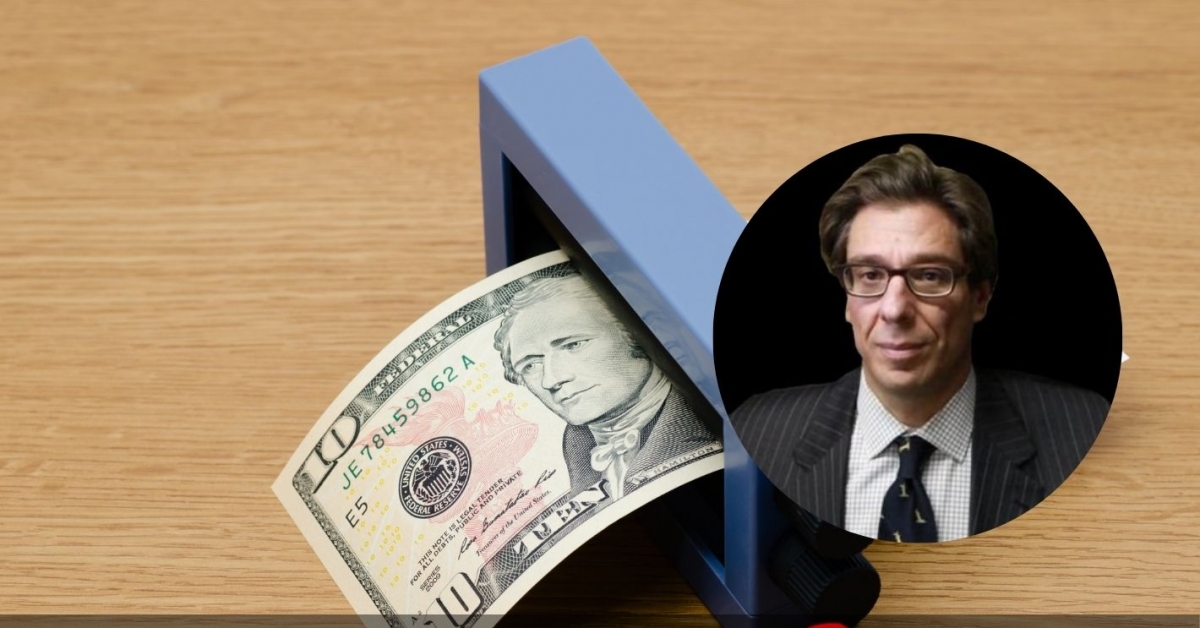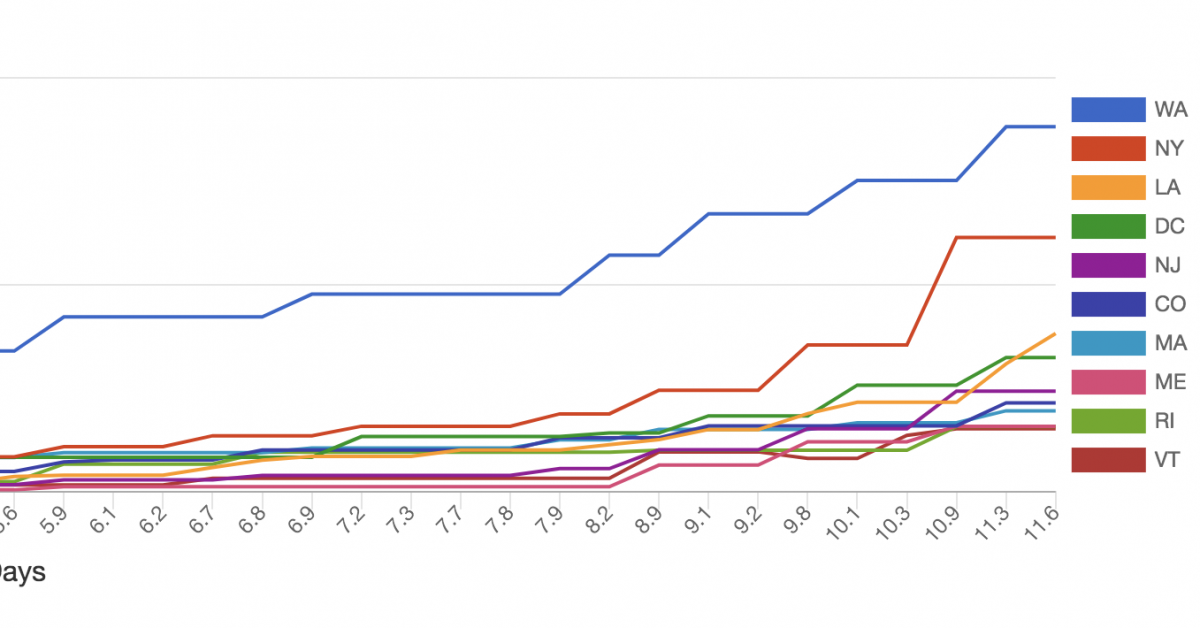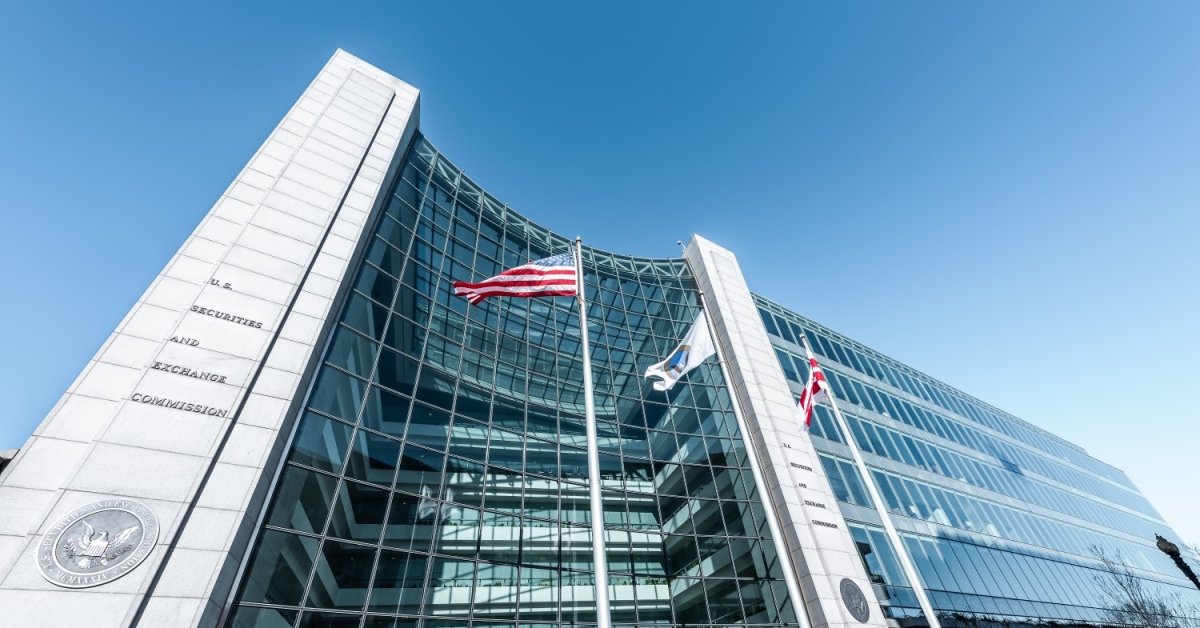Stablecoins Increasingly Used for Savings, Payments in Emerging Countries, but Crypto Trading Still Leads: Report
Stablecoins are increasingly used for everyday finances such as savings, currency conversion and cross-border payments in emerging markets, according to a Thursday report by digital asset investment firm Castle Island Ventures and hedge fund group Brevan Howard.
Based on a survey of more than 2,500 cryptocurrency users in Brazil, Nigeria, Turkey, Indonesia, and India, access to crypto markets was still the leading motivation for using stablecoins, but there’s a wide variety of popular non-digital asset use cases as well.

02:28
Celsius Filed for Tether to Relinquish $3.3B of Bitcoin; Ripple Began Stablecoin Testing

02:08
What Wall Street’s Pivot to Small-Cap Stocks Means for Crypto; Hong Kong Plans for Stablecoin Legislation

00:47
Former Circle Analyst on Stablecoin and CBDCs

02:23
Robinhood Shares Fall After Wells Notice From SEC; Crypto’s Guard Against Hacks
Some 69% of the respondents said they have converted their local currency to stablecoins, 39% said they have purchased goods or services with tokens and have sent money to a relative in another country, 30% have used stables for their business and 23% have paid or received a salary in stables, the survey found.
Sampled users said that they prefer using stablecoins on blockchains instead of U.S. dollar banking because of greater efficiency, the potential to earn yield and lower chances of government interference.
Users of Tether (USDT), the largest stablecoin by market capitalization and anecdotally the most popular stablecoin in emerging regions, said they use the token due to its network effects, user trust, liquidity and its track record relative to other stablecoins.
Most respondents named Ethereum (ETH) as their preferred blockchain rail for stablecoin transactions, followed by Binance Smart Chain (BNB), Solana (SOL) and Tron (TRX).
“We felt there was a lack of data around how folks are actually using stablecoins around the world, especially in emerging markets,” Nic Carter, general partner at Castle Island, said in an email to CoinDesk.
“What we found validated our beliefs about stablecoins: they are being used not just for crypto trading, but increasingly feature in the ordinary economic lives of these individuals,” Carter noted in an X post.
Stablecoins are a $160 billion asset class within crypto, with their prices anchored to an external asset, predominantly to the U.S. dollar.
They are an important piece of infrastructure serving as a bridge between cryptocurrencies and fiat money. However, as the recent survey corroborated, they are also getting popular as a safe haven asset and cheap payment vehicle in developing regions with a history of currency devaluations and less developed banking systems.
Edited by Stephen Alpher.
Disclosure
Please note that our
privacy policy,
terms of use,
cookies,
and
do not sell my personal information
has been updated
.
CoinDesk is an
award-winning
media outlet that covers the cryptocurrency industry. Its journalists abide by a
strict set of editorial policies.
In November 2023
, CoinDesk was acquired
by the Bullish group, owner of
Bullish,
a regulated, digital assets exchange. The Bullish group is majority-owned by
Block.one; both companies have
interests
in a variety of blockchain and digital asset businesses and significant holdings of digital assets, including bitcoin.
CoinDesk operates as an independent subsidiary with an editorial committee to protect journalistic independence. CoinDesk employees, including journalists, may receive options in the Bullish group as part of their compensation.
:format(jpg)/s3.amazonaws.com/arc-authors/coindesk/8b1395a8-12af-4705-9fe5-b862b248250d.png)









